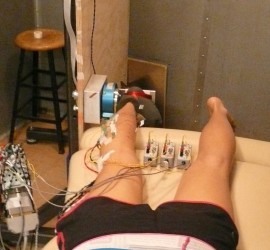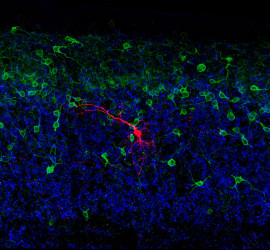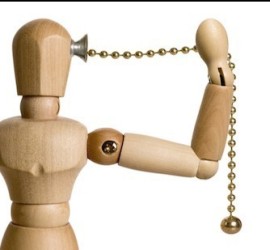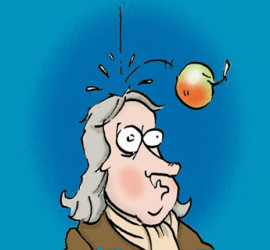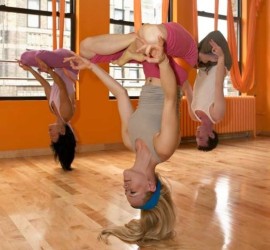Documenting Motor Impairment and the risk of falling with ageing and in clinical groups
Ageing decreases exercise performance and is frequently accompanied by reductions in cognitive performance. Deterioration in the physiological capacity to stand, walk and exercise leads to falling over. This can signify a serious deterioration in sensorimotor control. In the elderly, falling leads to serious morbidity and mortality with major costs to society. […]


